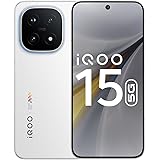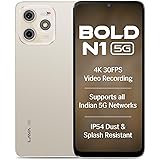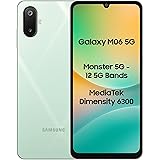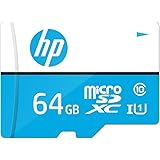In your 30s and 40s, you can move on to higher concentrations or stronger actives. But the rule remains the same: start low, go slow. And if your skin starts flaking, burning, or feeling raw? That’s your cue to pause and reassess.
What concentration should beginners use?
In India, common concentrations range from 0.25% to 0.5%. These may sound negligible, but they’re more than enough to trigger change in the skin, especially for first-time users.
“If you jump straight to a 1% formula, you risk compromising your skin barrier,” says Dr Mour. “Instead, start with a lower dose two to three times a week and gradually increase frequency as your skin adjusts.”
Sandwiching it between layers of moisturiser or layering with hyaluronic acid or peptides can help reduce side effects like dryness or flaking. But the myth that ‘stronger means better’ doesn’t hold here—skin improvement is a slow burn, not a sprint.
What not to mix with retinol
Combining it with exfoliating acids (AHAs, BHAs), vitamin C, or other actives can cause irritation. Instead, pair it with barrier-repairing ingredients like ceramides, niacinamide, and humectants like hyaluronic acid.
Sun protection will be your skin’s best friend if you start using retinol. Retinol can make your skin more susceptible to sun damage and burns, so daily use is recommended by all experts. Without SPF in your arsenal, you will end up undoing any good that retinol has caused and can even lead to graver skin concerns.
So, who shouldn’t be using it?
If you’re pregnant, breastfeeding, or dealing with certain forms of pigmentation like melasma, retinol may not be your best bet. “It’s important to personalise your skincare, especially when it comes to actives,” says Dr Gujjar. “Just because a product works for someone else doesn’t mean it’ll suit your skin type or history.”
And yes, Gen Z: starting retinol at 18 is unnecessary. Your skin is likely still producing collagen at full tilt. Give it time.
Before you start
- Consult a dermatologist before starting any retinoid. It’s not just a disclaimer, it’s genuinely useful.
- Start with a low concentration, use it sparingly at first, and watch how your skin responds.
- Never skip moisturiser and sunscreen. These are your insurance policy.
- Don’t mix retinol with exfoliants or strong actives unless prescribed.
- Be patient—visible results can take weeks, sometimes months.
The final word
Retinol is one of the most well-researched ingredients in skincare. When used correctly, it can transform texture, tone, and resilience. But it’s not a miracle fix, and it works best when introduced thoughtfully. “A consistent routine, a balanced diet, and good sleep all matter just as much,” says Dr Mour.
Source link











